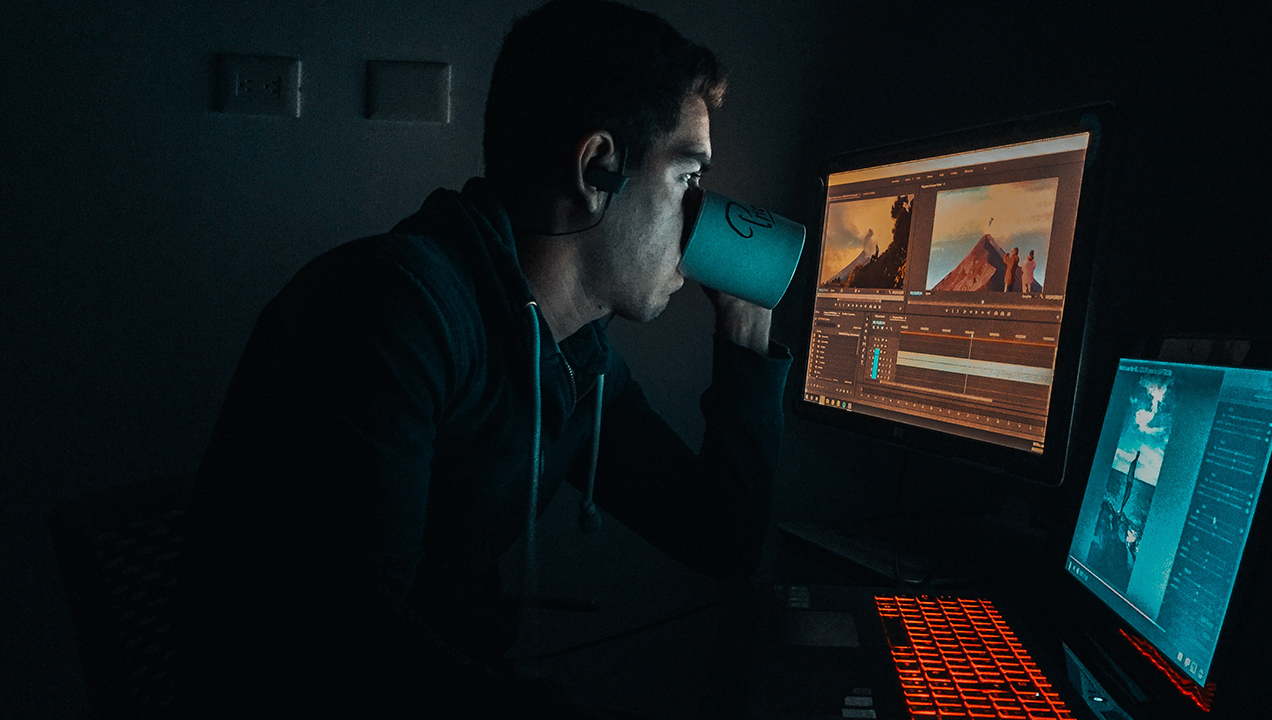24/7: Customer Support in the Always On Economy
Tonight is the shortest night of the year, but even the longest, darkest nights of the year aren’t as dark as they used to be. Thanks to the production of inexpensive LEDs and our species’ inherited fear of the dark we have worked diligently to light up a whole 2.2% more of the Earth’s surface than was illuminated this time last year.
On the one hand, this is fantastic news, crime drops in well-lit areas, people won’t stub their toes on unseen rocks and people will be able to do exactly the same things as they do in the daytime, except at night. On the other hand, there is a whole slew of psychological problems associated with constant exposure to light. Living in the cities of the world, most of us probably don’t even realize the impact of light pollution. From simple things like blackout blinds and face-masks to more complex solutions like motion sensors and blinkered street-lights.

Our species has always had to contend with the cycle of day and night, but as we become more and more enmeshed in a global workplace we are increasingly forced to work outside of that simple schedule. The need for constant light comes from the fact that people are not sleeping at night as they used to; so how can organizations overcome the rhythm of the spinning Earth and start designing for a future that is ‘always on?’.
An ‘always on’ future has massive implications for customer support. While a 9 to 5 helpdesk used to be the gold standard for customer care, it doesn’t really cut it when you have customers across different time-zones, or living in the hazy twilight of a global shift rotation. When you add the growing preference for self-service and alternate contact channels like social media and chat programs into the mix, you end up with multiple channels that need to be manned 24 hours a day, with changing shifts or different offices around the world picking up the slack.
It’s a challenge many of our clients today are facing, and it’s where tools like customer journey mapping are so useful – helping us give clients a holistic view of the end-to-end support experience of customers, their pain-points and complaints, and identify inefficiencies that could be improved. Armed with this insight, and when it’s appropriate, we can then begin to understand how to apply the appropriate digital remedies to improve that experience.

So, for example, if data shows us that chat channels are experiencing a massive influx of users after the telephone helpdesk closes for the night, then Artificial Intelligence (AI) powered chatbots could help with the majority of simple enquiries. Bots can respond to simple social media queries, and filter questions that the AI can’t answer through to skilled human agents who can take over. When a telephone helpdesk is still the main port of call for struggling users, a digital voice assistant can handle the redirection of calls to the relevant helpdesk and even to answer many simple queries.
Knowing when it’s appropriate in a customer’s eyes to use digital channels is key, so we always advise ongoing iteration and testing with customers. Furthermore, what’s exciting is the potential that data from digital channels provide us with to continually enhance the customer experience – an experience that evolves with customers, responding to analysis of their behaviors, preferences and intended actions over time.
The world is awake, even when we aren’t, and making the transition to being ‘always on’ is a lot easier with the help of some AI friends who literally never sleep.
